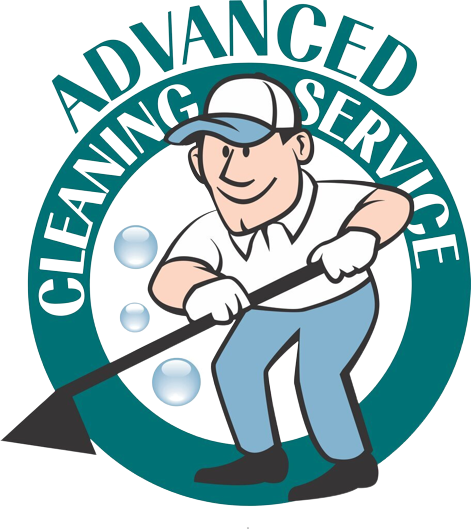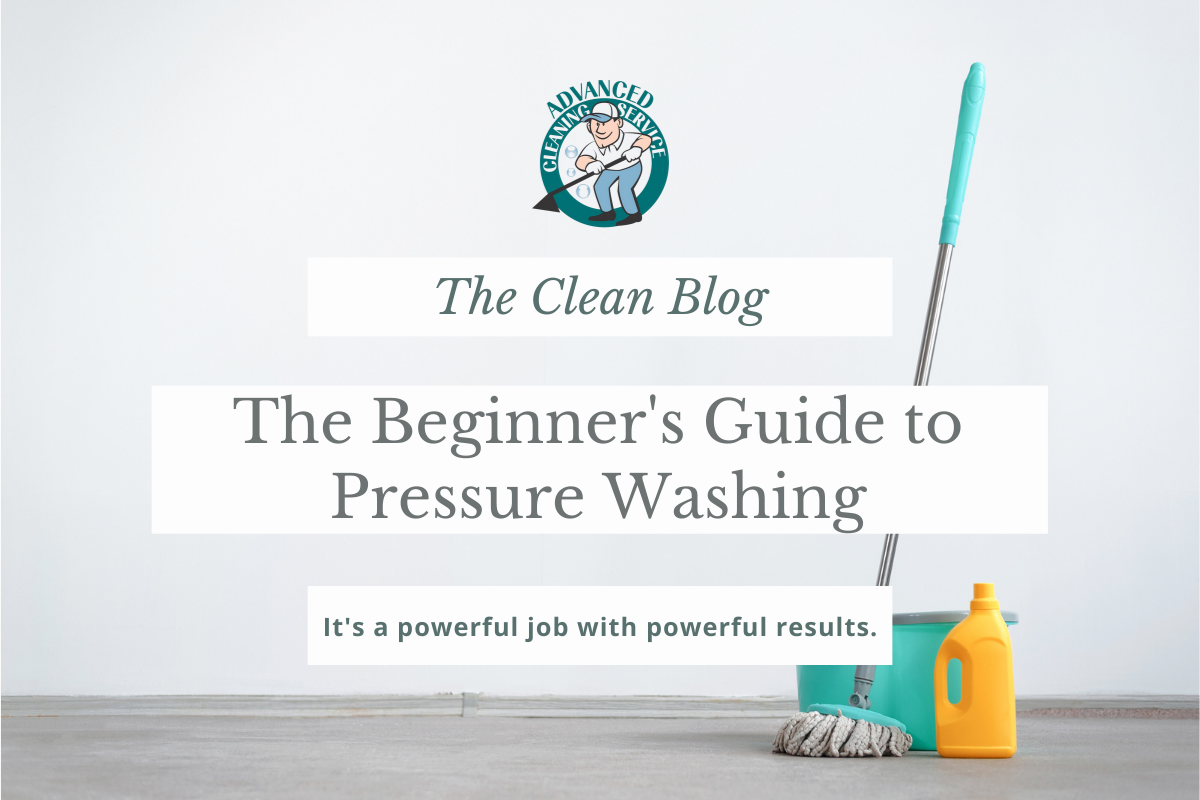Pressure washing is a great way to clean dirt, debris, pollen, mold, mildew, sludge, paint, and other deeply ingrained agents off of hard surfaces in and around your property. Pressure washing is an effective way of not only cleaning but also of bolstering the longevity of your property. Surfaces cleaned by pressure washing tend to last longer as things that can grow and cause damage, like mold, are eliminated.
Step 1: Know Your Equipment
The first step of pressure washing is to know your equipment. Pressure washers are powerful machines that can damage your property and you if used incorrectly. Too much pressure on a surface will destroy it. Too little, and you will have wasted your time and energy.
Whether purchasing or renting a pressure washer, you have to decide if you want gas or electric. Gas pressure washers will typically have a higher PSI; electric won’t, but if you’re pressure washing around your house, you may not need as much pressure.
The Pressure of Pressure Washers
Here’s how to gauge the duty of a pressure washer:
- Light-duty pressure washers are 2,000 PSI or lower
- Medium-duty pressure washers are between 2,000 and 2,800 PSI
- Heavy-duty pressure washers are between 3,900 and 3,300 PSI
There are also professional-grade pressure washers that produce PSI in the tens of thousands range. This kind of pressure washer is useful if you’re in some kind of business where you’re using your washer every day. Most people need 3,500 or fewer PSI.
PSI, in case you weren’t familiar, stands for pounds per square inch. This refers to the amount of water being expressed by the pressure washer in a minute’s time.
Nozzles and Attachments
Your pressure washer also comes with different nozzles and attachments. The nozzles are different colored. Each has a different function. Use the wrong nozzle and the wrong PSI for a job, and you won’t get the results you’re expecting (and you could cause damage). Here’s a rundown of the nozzles:
- Black (most gentle): 65-degree angle; best for wetting surfaces
- White: 40-degree angle; great for windows and siding
- Green: 25-degree angle; best for car cleaning or removing mildew from deck furniture or decks
- Yellow: 15-degree angle; best for concrete
- Red (most aggressive): 0-degree angle; best for tough spots but never to be used up close
Additional attachments are also available. You can get a pole extension allowing you to reach high-up places. The pressure washing broom and surface cleaner are excellent options if you’re looking to clean large areas such as your driveway. Meanwhile, the rotary nozzle adds extra emphasis to removing stains and accumulated grime.
Preparing to Pressure Wash
Preparation is a critical and major step in pressure washing. It depends on what surface you’re cleaning, of course, to know what kind of prep is needed, but here are some general guidelines.
- Move any items you don’t want pressure washed away from the work area; this includes pots, patio furniture, toys, grills, vehicles, etc.
- Seal windows, doors, and areas where water could escape into
- Close electrical outlets that could be hit during the pressure washing
- Prepare your materials—hose, gloves, safety goggles, cleaning detergents, etc.
Another part of preparation is cleaning the surface you plan to pressure wash. That’s right…cleaning requires a cleaning. Remove any dust or debris that you can by sweeping the area that you plan to clean. Once your area has been swept, you’ll want to follow specific instructions on the surface.
For example, if you’re cleaning a driveway, after you remove debris, you’ll want to degrease the surface. A degreasing spray for concrete is available at any hardware store. To prepare the surface, you’ll spray the degreaser and then scrub it in with a firm broom, or you’ll scrub it in using your pressure washer.
How to Pressure Wash
Now you’re ready for the actual pressure washing. If you’re wondering, “Wait, that earlier step wasn’t pressure washing? What is pressure washing?” Not to worry. The previous step, while using the pressure washer, is not the pressure washing step that actually creates the effective result described earlier.
You’ll follow the steps on your pressure washer’s instruction manual to hook up the hose and to make sure that you have the correct nozzle on your wand.
There will be times where you use an additional agent for cleaning the surface. These will be made specific to pressure washers.
Now you’re ready to spray. Keep your wand a safe distance from the surface you’re spraying. Again, getting too close or using too high a pressure can cause damage. Generally, you’ll want to keep your nozzle four inches from the surface you’re. It’s your job, though, to read to determine the PSI, the nozzle type, and the distance for a pressure washing job.
Because pressure washing involves using a high-powered machine and because it typically doesn’t need to be done more than once or twice a year, many people hire professionals. This eliminates the time it takes to do the job (especially for someone not versed in using pressure washers) as well as the stress of potentially causing damage by pressure washing at too high a pressure or with the wrong nozzle.
Pressure washing is an important way to keep your property clean and new. Pressure washing results in fewer repairs and less damage over time, so it’s definitely worthwhile to pressure wash.
Pressure washing makes a huge difference in your property’s appearance, safety, and longevity. Pressure washing is incredibly rewarding, but there are risks, which is why many contact us, Advanced Cleaning, to handle their pressure washing needs. Professionals let you clean with confidence.




